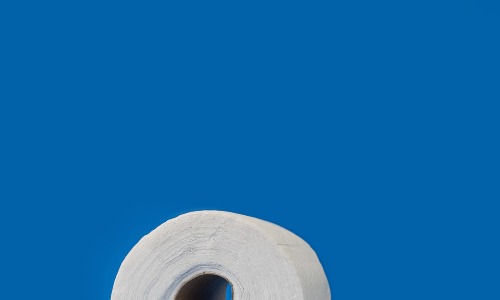What Is the Main Components of a Laptop Motherboard?

When it comes to testing a laptop motherboard, there are many things to keep in mind. Motherboards for laptops can vary tremendously when it comes to performance and reliability. You want to test for everything from power requirements to noise levels. If you want to test your laptop’s motherboard, there are a number of ways to test its ability. Here is a quick review of some of these testing options. This review will cover a few of the more popular methods that are used by reviewers.
Tested Form Factors: Most laptop motherboards share the same standard form factors when it comes to size, layout, and power requirements. The typical desktop motherboard is very similar in these areas, so the same motherboard for a laptop will also be fairly close to one that will work for your desktop computer. The size and layout allow other motherboards made by different companies to be interchangeable with those manufactured by a single manufacturer. When you replace a laptop motherboard, it’s highly recommended you purchase a replacement from the same maker of the laptop.
RAM and Power Jacks: Both of these are extremely important features for a laptop and can make a significant difference in how well your machine runs. Most desktop motherboards use one of two standard sizes of RAM; 16GB for Windows based laptops and the other is faster known as EOL (Extendable End Point). Laptop manufacturers have begun putting RAM into more expensive models as the demand for this type of RAM has increased. Some notebooks come with two slots for RAM and an additional battery. This allows you to use the laptop’s battery to power the larger integrated video card, keyboard, and processor.
System Information Utility: The system information utility or SUI is also an important part of any laptop motherboard. The system information utility is what keeps track of all the hardware and software configuration that is set up on your computer. It is accessed with the system menu and works with installation media such as installation CDs. It reports information such as processor speed, memory capacity, hard drive size, etc.
Video output: Most laptop computers come with a built in video port, but you may also have one installed if your desktop has a better video output than your laptop uses. In this case you will need to purchase a video adapter for your desktop and install it onto your laptop motherboard. Connecting the laptop monitor to your desktop will require a separate connection.
Power Connector: One of the most important parts of a laptop motherboard is the power connector. Almost all of today’s motherboards use a PCI slot to connect the power connector to the CPU so all the cables will match when you connect the laptop to the same processor and card. Make sure that your power connector is compatible with the processor.






